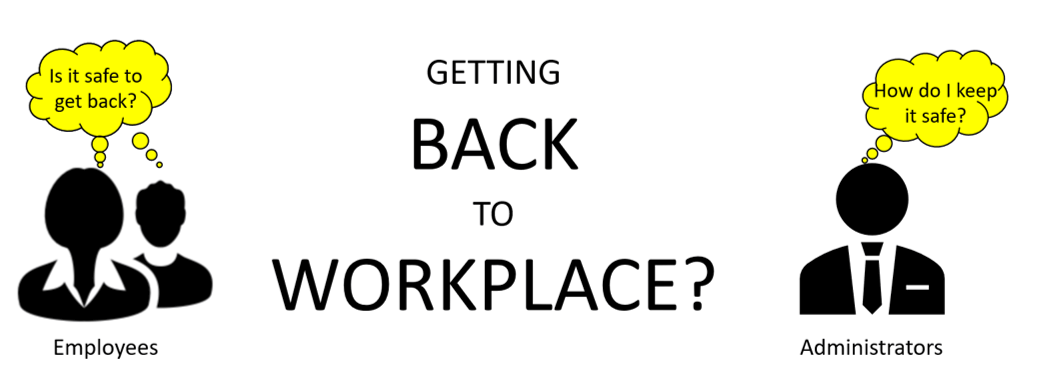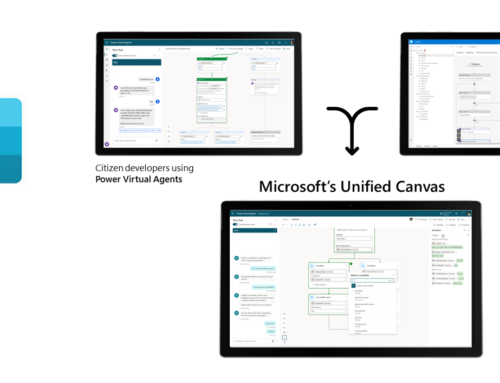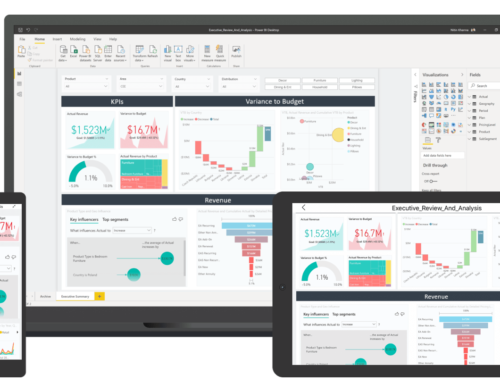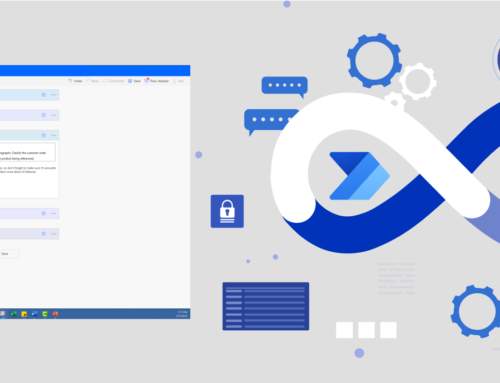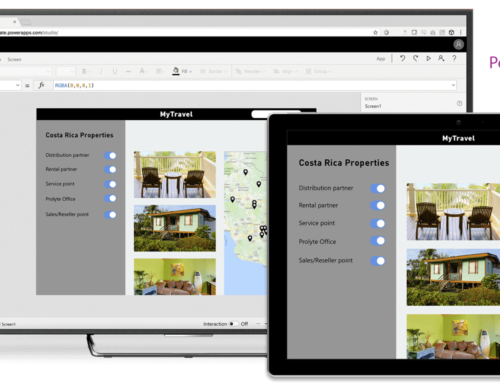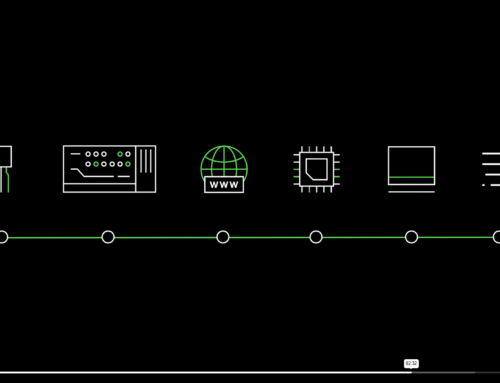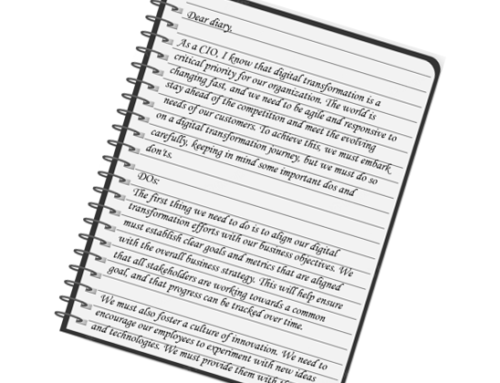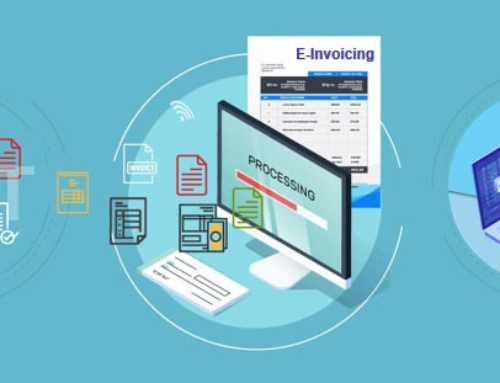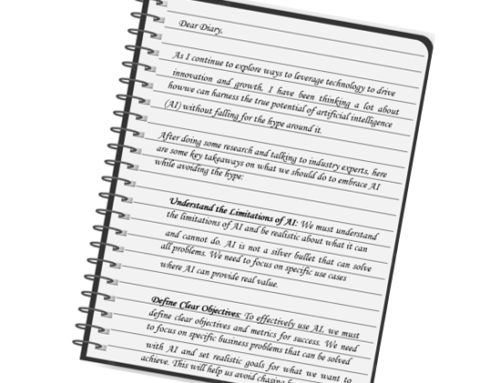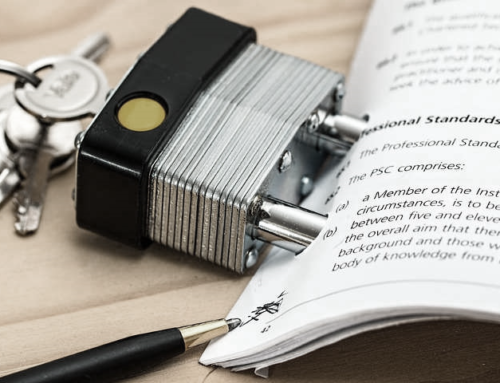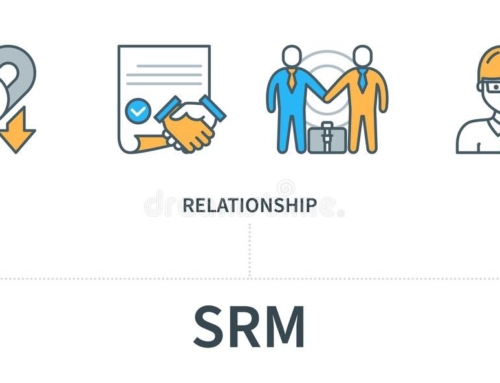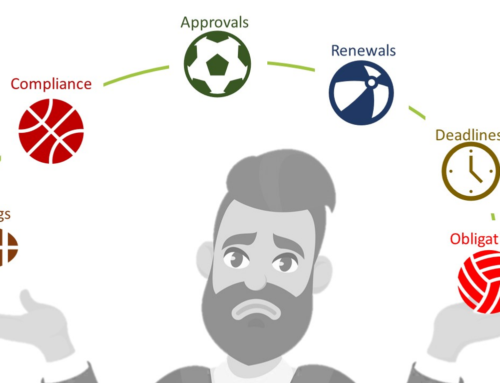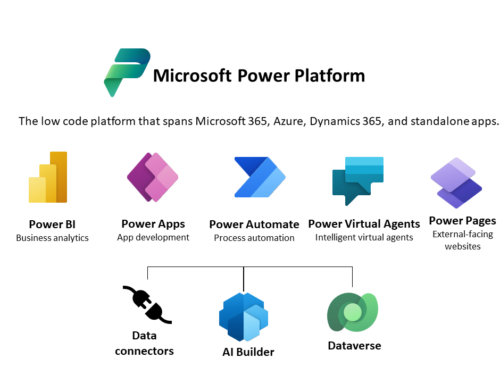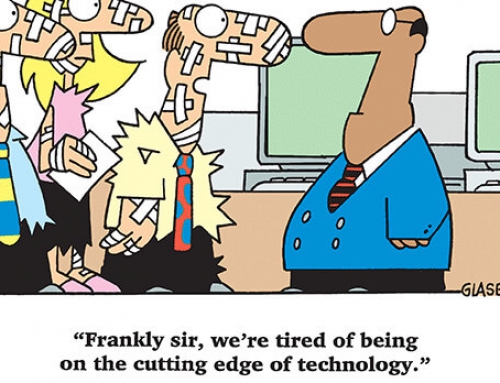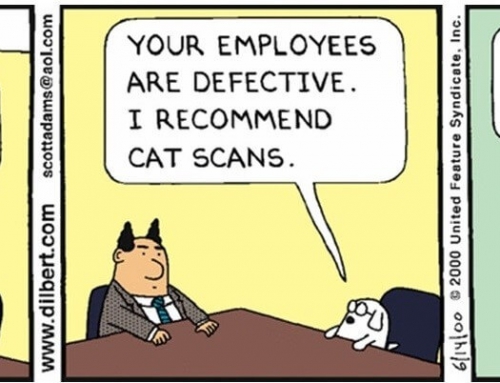But how do you do it with the stubborn virus still on the prowl? What if reopening results in an outbreak among the workforce? As a recent example shows, any such situations can cause much damage to your business reputation.
To state the obvious, in-workplace precautions have to be meticulous – ventilation, sanitization, social distancing, masks, et al. Similarly, entrance to workforce needs to be screened for minimizing risks. But none of these measures comes with a guarantee. The virus is armed with asymptomatic stealth. It can enter and spread despite your best efforts. The risk cannot be eliminated, it can only be minimised.
A greater challenge is to address the fear. There would natural fears in the minds of the employees. A survey published by LinkedIn today brings out some of these fears.
Similarly, it is going to be extremely stressful for workplace administrators to run the operations with a sword of Domacles hanging over their head. “Will I be held responsible if something goes wrong?”
The real key lies in restoring the confidence – of employees and of administrators.
Restoring Employees’ Confidence
For employees, the first and most important step is to communicate. Make your intentions and efforts visible to them. Make them aware of business imperatives and of the measures being taken by you. Make them aware of the precautions expected to be taken and also the measures put in place in case anyone is found violating the norms.
Secondly, co-opt employees in this endeavour. Participation is empowerment. There are several concurrent ways to do this:
- Don’t treat employee’s self-declaration as a mere formality. A piece of paper filled, signed and filed away is a complete waste. Invest in a mobile app. Let them fill their safety and wellness details through an app sufficiently ahead of reporting to workplace. It makes employees confident that you are actually using the information in real time and mitigating any likely risk much before it enters the workplace.
- Encourage employees to report any risks at the workplace. A mobile app is again a great help here. Let them click and report it. And if a genuine issue is reported, make your corrective steps visible. Recognize employees for doing this. Celebrate responsible behaviour.
- Encourage employees to volunteer – to help with the safety processes at the workplace, and to help each other too. Make it easy for them to offer a ride in their vehicle when they are coming to the workplace.
- Let them see instant consequences of their actions. If they are found violating a norm, let their mobile app notification beep and let their email inbox receive a warning message instantaneously. Let them see their wellness status and their workplace compliance status right within their mobile phone.
Thirdly, reach out to the employees with help. If their concern is about public transport, see if you can arrange conveyance for them. If an employee reports an infection – for themselves or their family – initiate the necessary support mechanisms for them.
Finally, make information your friend. Make use of demographic data of workforce (with their due consent) to minimize exposure for the vulnerable ones.
- It is okay for those with comorbidities or those above a certain age to be asked to stay away for a longer duration. It is also okay for those residing in high-incidence areas to be asked to stay away for a while.
- Make use of risk algorithms that understand the virus’ behaviour. A person with high severity symptom needs to be differentiated from the one with low severity. A person experiencing symptoms over a longer duration needs to be differentiated from a person experiencing them for a day. Recentness of event and incidents needs to be factored in by such algorithms.
Restoring Administrators’ Confidence
Workplace administrators are performing a thankless and tiring job. Equip them with the right tools to free up their precious time. Give them a system that auto-triggers exceptions and notifies the concerned persons. Give them the dashboards to monitor their day’s status and to foresee what lies ahead over the next few days. Give them the means to communicate to the concerned workforce members about any important updates or alerts. Equally importantly, give them a way to maintain evidence of compliance. Transform their fear of “what if something happens” to the confidence that “I have the requied proofs of precautions being taken”. Let them feel reassured that any incident will be seen as having happened despite their efforts and not because of lack of their efforts.
To conclude, lets recognize the compulsion to restart even while spread of the virus is not fully under control. Lets recognize the fears in the minds of employees and administrators and equip them with the right messaging and tools to deal with the situation.
(Disclosure : I have vested interest in this subject as my company promotes Workplace Safety & Wellness application which supports the various measures described in this article.)

